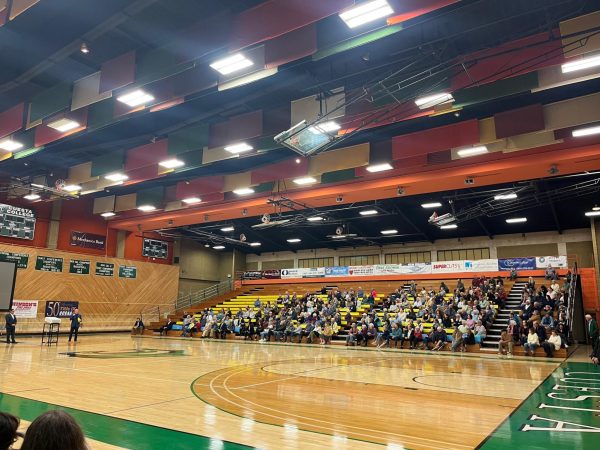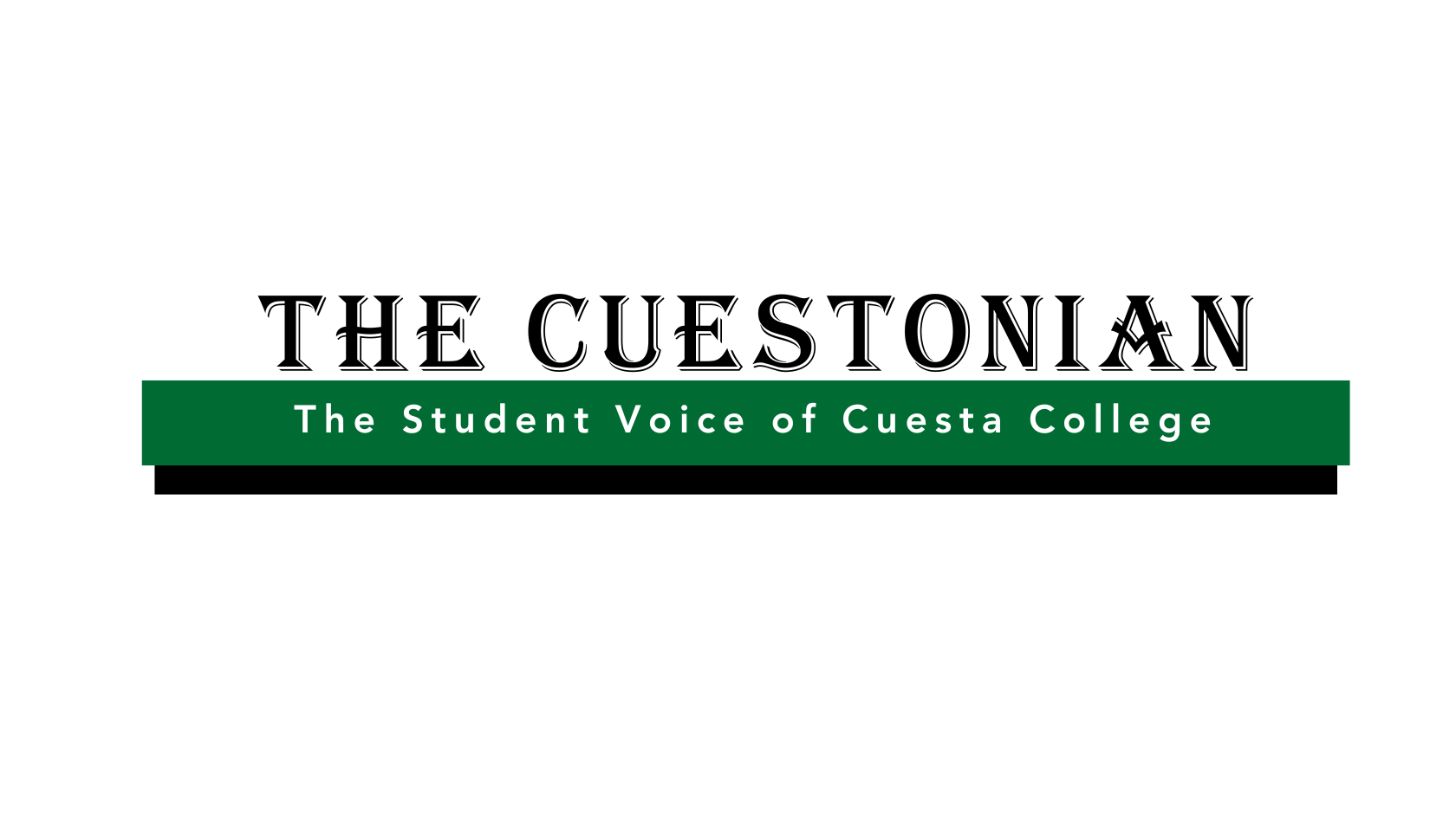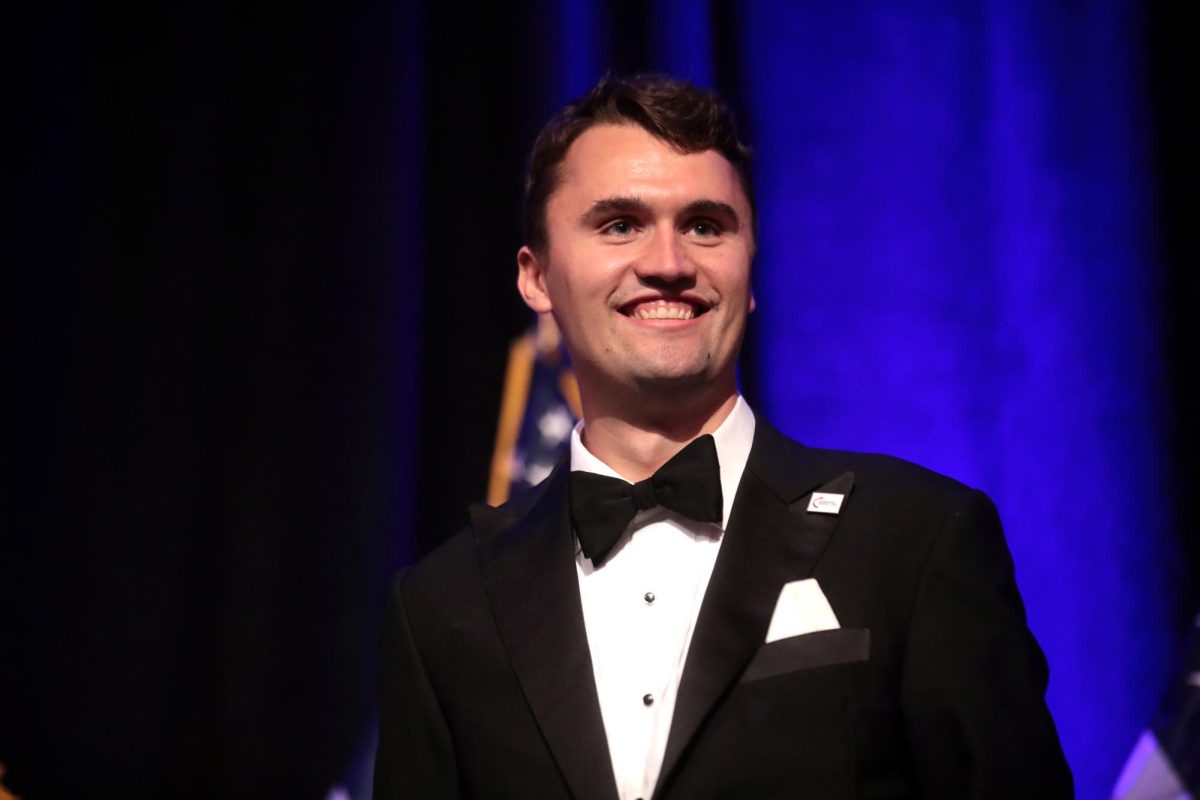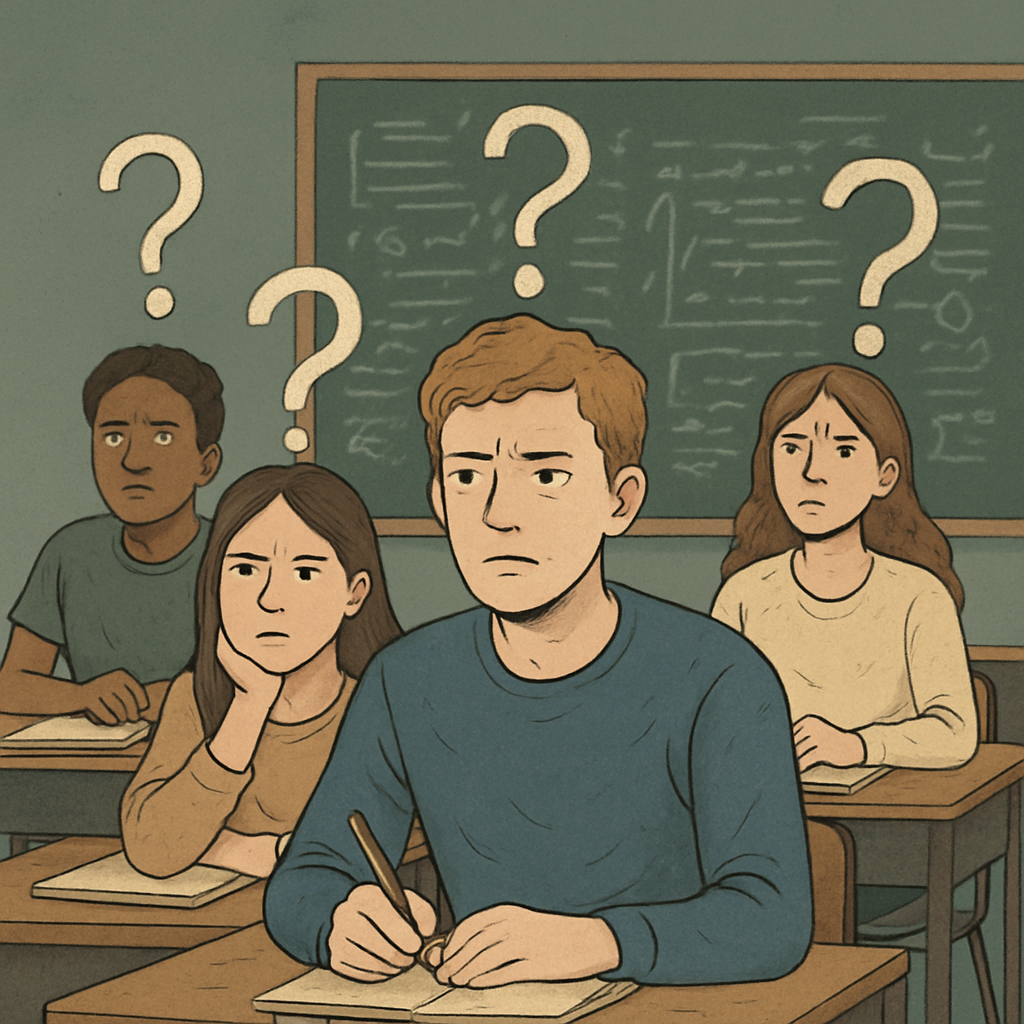My evening on April 22 started with driving to campus at 5 p.m. after receiving a breaking Slack message from The Cuestonian team about a town hall event being hosted at Cuesta’s CPAC, with an overflow location at Stork Gymnasium. The buildings were to host California Senator Adam Schiff, and California Congressman Salud Carbajal. The event was to feature public comment and audience questions. Almost 2,000 people RSVP’d to be in attendance.
After hearing about the town hall only an hour before it started, I assumed that only our staff was not informed about the event. Because of the last-minute coverage and my position in the staff, I was asked to create a quick photo story, covering the crowds lining up outside, and potentially the turnout inside the building.
It then occurred to me while arriving on campus that Cuesta’s ASCC President and Student Trustee Lucia Landeros will most likely be in attendance. So I immediately called her, and asked if I could meet up with her on campus and join her for this event.
After meeting with her on campus, she revealed that she had no idea the town hall was actually happening. In her office, she watched large crowds of people walk around campus, but didn’t know the reason why. She then told me that the staff of Student Success and Leadership also had no knowledge of the event and that I was the first person to tell her.
At first, this statement left me very confused. How on earth would the ASCC president of Cuesta College not know that a California senator and congressman were on campus? It didn’t make sense.
We then decided to head over to Stork Gym, where a line had been building for the past hour. Surveying our surroundings, walking to the gym and taking our place in line only left us more confused. We were surrounded by older adults. Respectfully, it was hard to find anybody in the line who looked under 40 years old. Lucia and I started asking more questions. Of the estimated 2,000 people who were at this event, we could only count the students on one hand. Something didn’t add up.

We both met a Cuesta student while in line, and asked her how she learned about this event. She happily showed us the invitation she got on her email sent by Teams Schiff and Carbajal to RSVP. It was not sent to her school email address, and she told us that many of her peers had either not known, or hadn’t gotten the email.
It wasn’t until Lucia talked to one of the Cuesta College deans in the line that we realized what was actually happening.
Higher-ups at Cuesta College were notified not to tell Cuesta College students and faculty that this event was happening on campus.
I was then made aware that not only was there no notification to The Cuestonian about this event, but Cal Poly’s Mustang News had RSVP’d and was already on campus covering the event. Cuesta’s own newspaper had only heard about the event an hour prior based on sheer luck.
This information shocked us both. How can Cuesta College host two very important California government officials, without wanting the majority of the Cuesta College community to know about it? It felt incredibly off-putting and wrong. Even with my press pass and both of our titles, I never felt so small on my home turf.
We luckily talked to someone at the front of Stork Gym who directed us to the CPAC where we got press seats. I was hoping the CPAC would have been filled with more people like me, but unfortunately, that was a far stretch. Out of the entire CPAC audience, Lucia and I were the only student leadership and press representing Cuesta College. Even though I was surrounded by people who had the same beliefs and opinions and passions as me, I never felt so intentionally isolated.
It really wasn’t until I saw our campus leaders on stage and given a “shout out” for their attendance that I really felt mad. Board of Trustees members were given recognition (Lucia was not), and Cuesta College’s President Jill Stearns walked on stage and said that “We are the community’s college. Welcome.” Those words felt like a slap in the face.

Many topics were discussed in the first half of the event. We witnessed the crowd share their opinions on our current climate with insider trading, the importance of protesting, our country’s ties to Israel and Gaza, and much more.
During the hour-long event in the CPAC, I couldn’t help but just feel sad the whole time: sad for my peers that they couldn’t experience this very rare moment with me. A senator and congressman were on our campus stage, addressing people to find hope during the current political climate, answering questions our generation wants to know, and yet we were not invited to have our voices heard. I felt sad for Lucia, someone who is the keystone to Cuesta’s student community and leadership, who was not even given the decency of a notice about this important event. I felt sad for the faculty, who more than anyone, helped build the college to the credibility it has every day, who didn’t have any knowledge about this occasion. The whole night, I just felt that there was an entire community of people that were not able to have their voices heard, at their own home base.
After the first hour was over, both Schiff and Carbajal walked to the Stork Gym to talk to more people who attended for one more hour. Before we left the CPAC we asked Jill Stearns why students and faculty weren’t notified about the town hall.
“When they requested to come and use our facilities, part of it was that we were unable to advertise or announce that it would be here,” Stearns said. “It all belonged to their office. Bummer, I know.”
From walking from the CPAC to Stork Gym, all Lucia and I could talk about is how disappointed we were.
“I felt disenfranchised, like my voice didn’t matter, like the voice of the students didn’t matter,” Landeros said. “It’s wrong that the students and faculty weren’t invited.”
Lucia also expressed her anger in the event’s decision to silence certain communities at Cuesta.
“They weren’t aware of this, especially because Cuesta is a Hispanic Serving Institution, and by not notifying the students about this, I guess whoever was in charge of this event has effectively silenced the voice of not just the students, but of the Latinx in our community,” Landero said. “This has really silenced the voices of the minorities.”
Lucia then explained how she felt in an analogy that really struck me. She explained that withholding this information felt like “having a dinner party at your house and you just found out about it, and you weren’t invited.” Not only as a student journalist, but a student of Cuesta in general, I felt slighted. Someone wanted to use our facilities and resources to speak to the San Luis Obispo community, but shut the door behind Cuesta College itself. It felt as though the useful words and resources that were being spoken about were only for a specific demographic. Knowing that our own student newspaper was not aware of this unique event hosted on our own campus until incredibly last minute is baffling to me. We deserve to know and cover what’s going on on our campus. This event has proven to me that we are rapidly losing transparency with our school.
When going to the Stork Gym, I was expecting a crowded gymnasium with folded chairs surrounding the floor. I was stunned to find that the floor was completely empty, with each side of the gym filling up only half of its occupancy.

Seeing the gym so vacant during the second half of the event made me even more upset. I just thought of all the unutilized space that could have been used for more participation, where more questions could have been asked and voices could be heard. Students could have easily filled up not only space in the bleachers, but on the floor as well. It looked so disappointing with the gym not being full, but it was even more disappointing that it seemed like they planned for this to happen.
As Lucia and I talked to different people running the event, we noticed our irritation pivoted towards a different aspect of the event.
“I understand that there were very specific rules around this event,” Landeros said. “The fact that Cuesta had agreed to certain conditions, among them, not sharing information about this event widely. So I understand the predicament administration was in.”
At the end of the night, our frustration turned from Cuesta College campus to Schiff and Carbajal themselves.
“For one reason or another, they did not care to notify the students and the faculty of an event that was going to happen on their own college campus,” Landeros said. “As student government president, I’ve seen how other colleges are when they welcome legislators, assembly members and politicians. You know, at least they extended the courtesy to meet with the student government, to meet with the students. It’s strange to me that here in San Luis, here at Cuesta, our own legislators didn’t even extend that courtesy to us.”
When mentioned by the SLO Tribune during press interviews about the lack of student representation in the crowd that night, the government officials rebutted that they had recently gone to talk to a Poli Sci class in SLO, and how they had the opportunity to visit Chico State and speak to the students on campus.
They added in their statement “You have to reach out to the young people where they are.”
Meanwhile, they didn’t invite an entire student body to a town hall hosted on their own college campus.
I started that evening expecting to attend a “school event” for an hour or two taking pictures for a photo story. Throughout the night, as I was taking more pictures, the more I thought that I didn’t want to just publish images with simple captions. Publishing just photos without expressing all the emotions that had to come with them didn’t feel right. It didn’t seem fair to my story and Lucia’s story. What I thought was a quick breaking news story turned into me and a fellow student expressing our disappointment with our government’s attempt to reach out to our community and how this event can lead to a whole demographic feeling that they are speaking into a void.
“It feels that like the fact that we’re re-enter students, the fact that we’re first gen, low income, the fact that we’re veterans, the fact that we’re seen as these lower-rung, bottom-of-the-food-chain type of students, and the fact that that’s reflected in how this event was managed and organized, how they didn’t even bother to invite the students or the faculty who, live and exist on this campus. We’re the reason why this campus exists, the fact that they came to use our facilities and didn’t invite us,” Landeros said. “That’s very invalidating. And it’s as if saying that the students of those demographics just don’t count, and we were very much excluded from the policy-making process.”











C. Gilbert • Apr 28, 2025 at 4:34 pm
Very well done, Ms. McKee
Emily • Apr 23, 2025 at 10:29 pm
Thank you Lindsay for being there and for writing this with complete honesty and transparency! Nothing but respect for how you and Lucia approached this situation. Thank you for letting the students know!